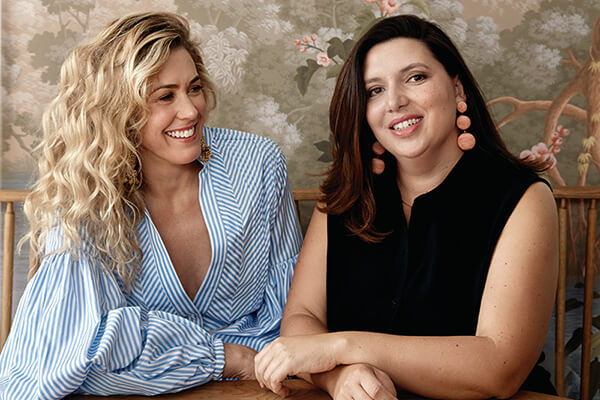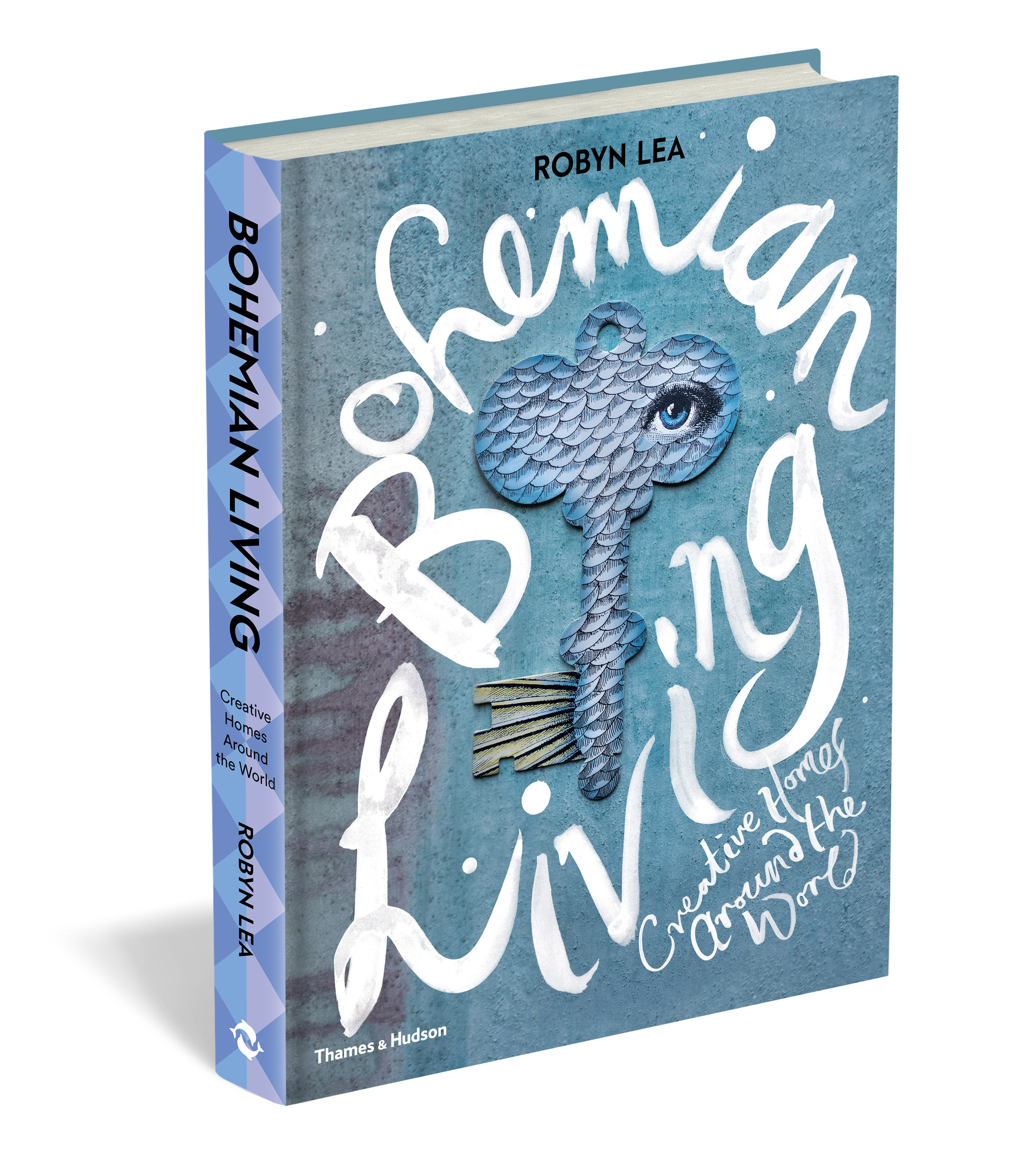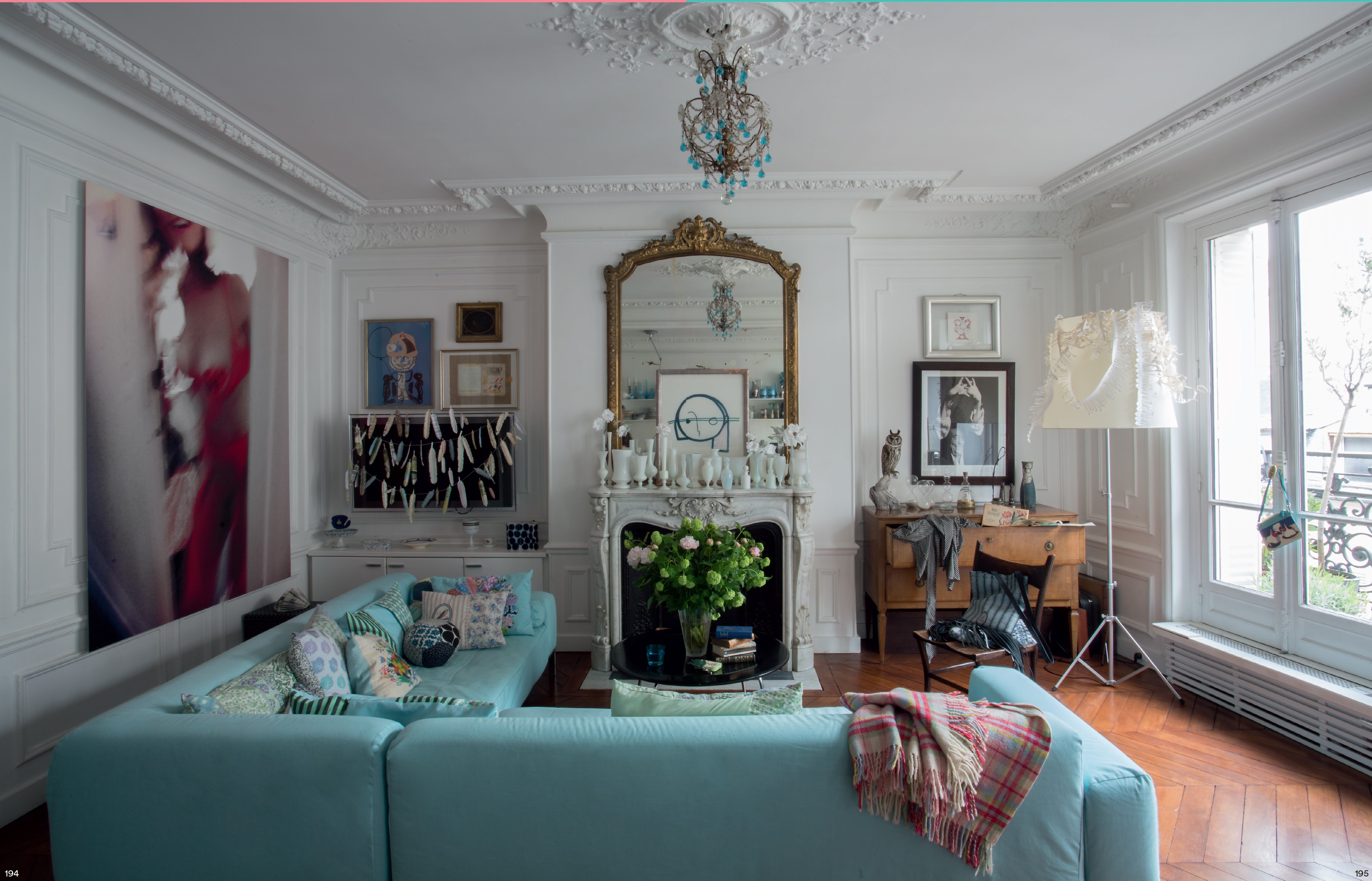

‘Plant medicine is your birth right.’ This is the mantra of Erin Lovell Verinder, a fully qualified and much-loved Western herbalist, nutritionist, energetic healer, mentor and educator. Her first book, Plants for the People, draws on ancient wisdom with a modern approach to medicine. Inviting you to return to the roots, this is the ultimate beginner’s guide to using plants to restore wellbeing. We chatted to Erin about her journey to discovering the healing realms of the plant world and inspiring others to do the same.
Where did your passion for naturopathy, healing and the plant world begin?
I have felt a deep sense of belonging amongst nature for as long as I can recall. When I think of my childhood, I think of the height of the Eucalyptus trees in the park nearby and the fragrant smells of summer. The plants made an early impression on me.
I was enamoured with all things esoteric and mystical and began studying energetic healing (crystals, reiki, kinesiology, colour therapy, sound healing, breath work) at 16 years old I was not your typical teenager, that’s for sure! Training in the healing realms for many years taught me so much about the spiritual, mental and emotional bodies, and I really yearned to know more about the physical body. This is when I began training in Naturopathic medicine – forking off into deeper studies in Western Herbal Medicine and Nutritional Medicine, graduating with my bachelor’s degree as a Herbalist and Nutritionist. I loved learning about how plants hold an embodied power with a deep affinity for our bodies, and how ultimately nature’s way is the greatest healer.
Tell us a bit about your naturopathic philosophy. For you, what does it mean to be a true naturalist?
To me, being a true naturalist means walking the plant path – there are many ways to do this! I walk this path dedicating my life to working with plant medicine, by choosing to live amongst wild nature and by doing my very best to be a woman in tune with nature in all of her glorious facets.
I guide people to shift their health stories and thrive with the assistance of plant medicine as a gateway to radically awesome health. I have been working within the field of healing for 21 years now, with a strong focus on my clinical practice with clients, bridging the gaps between naturopathic and nutritional medicine, grass roots herbalism, and intuition. Much of my mission is to assist and educate people on the generous healing nature can offer us all, in combination with honouring and listening in to our bodies and beings. This is my holistic approach to health and healing and my naturopathic philosophy.


What does a typical day for you look like at home in the Byron hinterland?
I rise with the sun, mornings are slow and soft, and include breakfast at home with my husband around the kitchen table. There is always a meditation, pottering in my herb garden, a beach swim or a bush walk (communion with nature). We work from home, which affords us a lot of freedom and comfort. My days are full of mentoring, clinic, writing, or creating in some way. I make a commitment to take breaks, with a pot of herbal tea under my big pecan tree often. All work is switched off by 5pm, and as the sun sets and the yin of the night ushers in, there is always a nourishing home cooked meal, a sleepy time tea, conversation, candlelight, books, calm music and then in bed by 9pm.
What about a day in the clinic?
The days in my clinic are full and seem to zoom by. I follow my daily rhythms and set my hours with clients and mentoring around this. For me, being in practice for many years has given me a lot of opportunity to refine what works best for me as a clinician and space holder. As much as it is key to activate your intuition when working with people’s health, it is a very heady job that demands a lot of mental focus! I need it to feel paced, with little breaks, nourishing snacks and meals in between, and plenty of time with each client or student to fully be present for them. I keep my mornings chill, and although I sometimes work until late in the evening with clients, I am sure to switch off and give myself space to decompress. For this reason, I keep a lot of supportive foundations in place for myself to be able to do my work with clarity and confidence. It is an incredibly rewarding job to witness people get better and improve their health outcomes with natural interventions and plant medicine support. Truly it never ceases to amaze me that this is the work I get to do and offer.
Plants for the People is the perfect guide for plant medicine aficionados and those who have just started out on their plant path. What would your main piece of advice be for the beginners about to delve into your book?
To start with what resonates, which plant/s jump out to you in the Materia Medica section? Which recipes sound good to you? Start with what you are drawn to the most; the plants and recipes that stand out to you are usually what you may be needing the most.

Do you have a favourite recipe from the book?
It is very hard to choose one. I do really love the Elderberry elixir recipe, which is super delicious and a great staple to keep in the fridge to support immunity.
What’s next for you?
This year is big, bold and bountiful for me! I will be promoting the book in three counties, travelling, continuing to work with clients and mentoring in my clinic, building my digital offerings and writing more.

Plants for the People is available now. Text by Erin Lovell Verinder, photography by Georgia Blackie and cover design by Alissa Dinallo.
AU$39.99 / NZ$45.00
Posted on March 11, 2020






































































